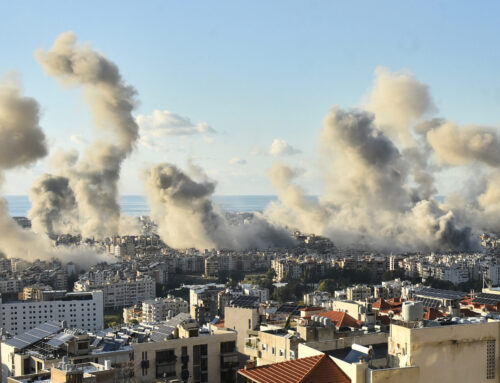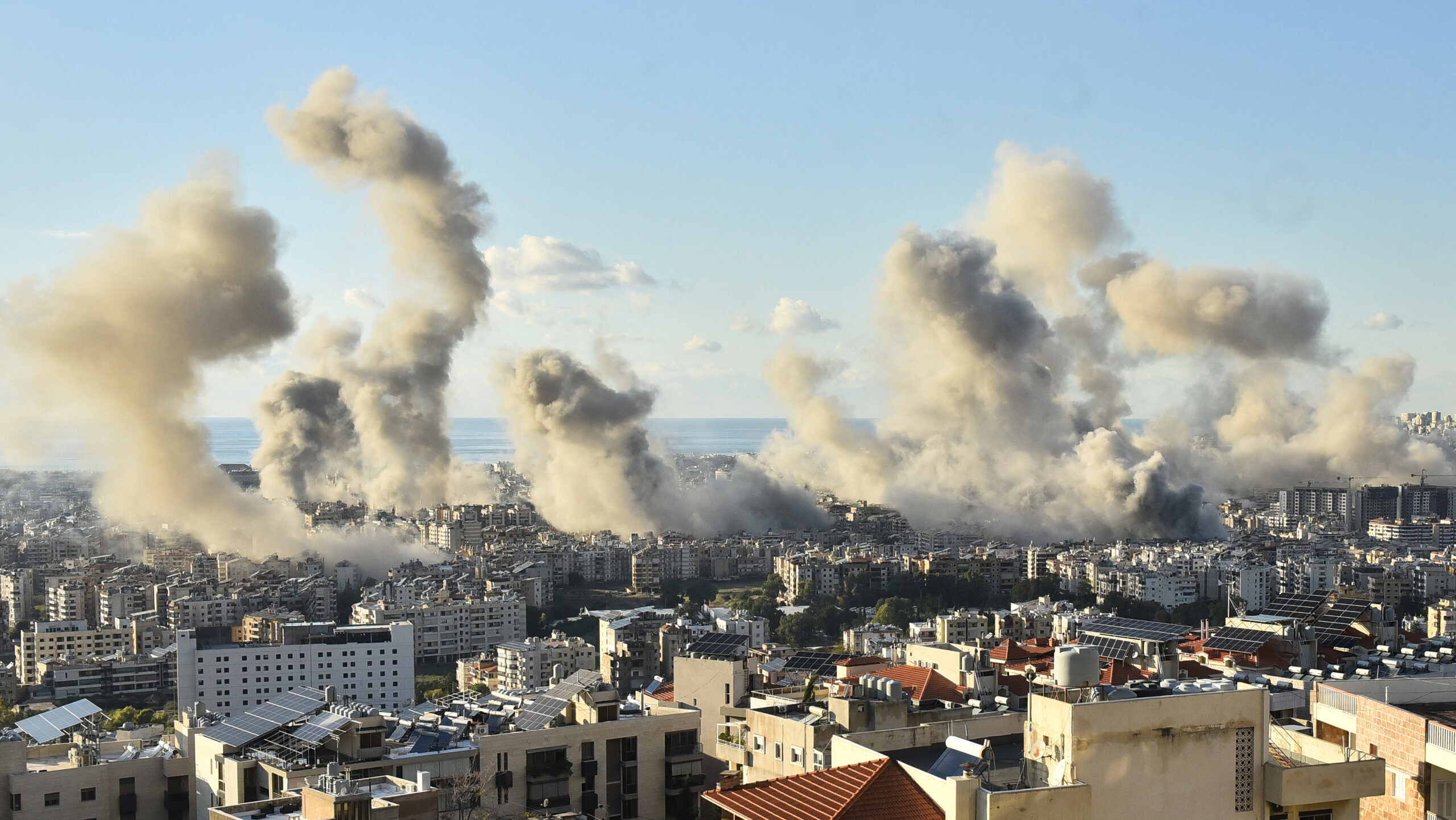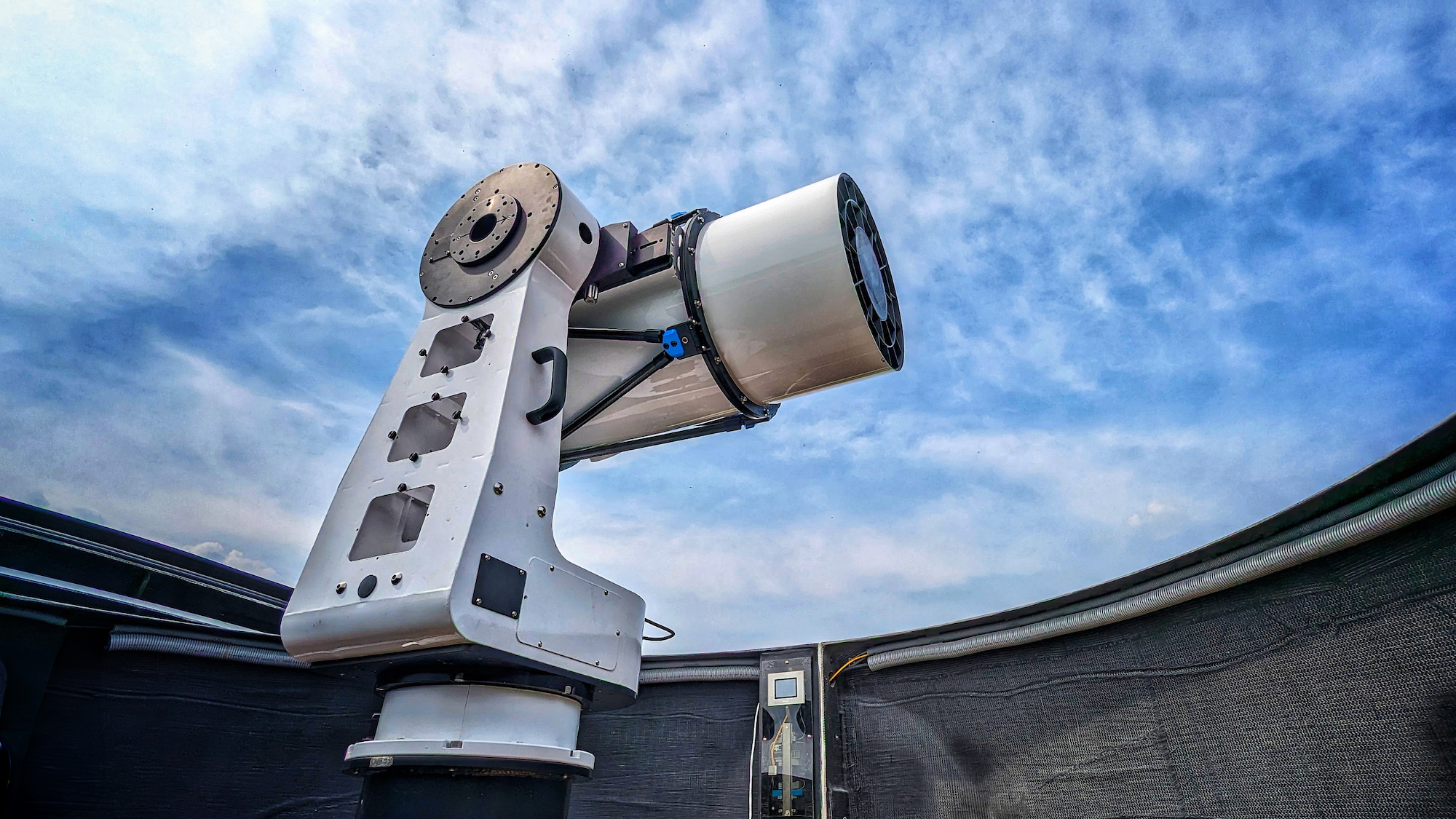A U.S. Army MIM-104 Patriot surface-to-air missile system is fired for a coastal air defense event during Balikatan 23 at the Naval Education, Training and Doctrine Command, Philippines (Photo: US Marine Corps)
WASHINGTON — When President-elect Donald Trump’s new defense secretary takes the reins of the Pentagon next year, they may quickly be faced with an internal debate to settle: whether the Army should continue with its traditional role of providing defenses for air bases, or whether the Air Force steps up to the task on its own.
At the core of the issue is not only the capabilities brought to the fight by each service, but how they will be funded. The Army has traditionally been charged with defending air bases, which is part of the reason why systems like Patriot and THAAD (Terminal High Altitude Area Defense) reside under the service’s control. But tepid investment during the Global War on Terror years, alongside the proliferation of missile threats from China and Russia, has led Air Force officials to begin openly grumbling that they feel the Army can’t, or won’t, make air base defense a priority — and that a change may be due.
Recent comments from Air Force Secretary Frank Kendall seemed to bring the issue to a head, after he reportedly suggested his service could take over the air base defense mission from the Army in its entirety. Of course, if that happens, Air Force advocates would likely want to see more dollars distributed to the service, whether they come out of the Army’s coffers or elsewhere.
Asked about the ongoing discussion on Nov. 20, Army Chief of Staff Gen. Randy George said he recently met with his Air Force counterpart, Gen. David Allvin, to help chart a way forward. But George made it clear that in his mind, protection responsibilities have to fall on the entire joint force going forward.
“I do believe that every formation that’s out there — Army, Navy, Air Force, Marines — you’re going to have to protect yourself against long-range fires. You’re going to have to protect yourself against drones. Everybody’s going to have to figure this out,” he said at the National Security Innovation Forum event in Washington.
George’s comments seem to fall in line with a growing consensus that having one service responsible for base defense writ large isn’t going to work in a modern era filled with a variety of threats.
Tom Karako, a missile defense expert with the Center for Strategic and International Studies, says George’s point that every service will need to have some internal base defense capability is “reflecting reality” that “all services are gonna have to get into air defense at some kind for the new threat environment,” not just for missiles but for drones as well.
“People keep saying, ‘Why isn’t the Army defending our air bases?’ And the answer is, there is nowhere near enough missile defense capacity for everything we need to defend. That is true of air bases, and true of lots of other kinds of bases, it’s true in Ukraine, in Israel — it’s not just the Air Force assets that need tons more help, it’s everything,” Karako said.
He pointed out that the Marines are going out and trying to buy their own Iron Dome-like system to counter rockets and small drones, and that while there is a benefit in having a specialist branch of the Army that just does air defense, there will never be enough people in that unit to cover all the needs.
“Does the Air Force have a point that there is utility in specialization? Sure. But we are where we are, we got where we are today as a joint force and we’re gonna have to deal with it as a joint force,” Karako said.
New Air Force Tactics
Services are also trying to shift tactics as the threat from adversaries like China grows, with the Air Force adopting a new, dispersed method of operations known as agile combat employment (ACE). The ACE concept is a necessary, but not sufficient, approach for protecting troops and assets; even with the concept, Air Force officials have become worried that air bases in the Indo-Pacific are still vulnerable against Beijing’s burgeoning missile arsenal and other budding weapons.
Higher-end systems like Patriot or Aegis cruisers are placed where joint task force commanders think critical defensive capabilities are needed, and air bases have generally been protected as a result, Lt. Gen. David Harris, deputy chief of staff of Air Force futures, said in an interview with Breaking Defense at the Pentagon.
“But there could be a point in time in the future where the critical asset list or the defended asset list, there’s other things in the region that might be more important than our air bases,” Harris continued. “So this is where things are split.”
Harris noted it’s critical for disparate systems fielded by the services to connect into a common architecture, using an example where data can be passed from an Army theater defense system to a local air base. Echoing comments from other officials, Harris also said installations might need to operate their own systems to defend themselves from threats like small to mid-size drones, or “maybe” even cruise missiles. Depending on the environment — with Harris using the example of struggles to combat small drones flying over bases on US soil — that could range from more limited defenses to a “full package” that could take out threats spanning drones to ballistic missiles.
“So there’s an aspect of this base defense that I think as an Air Force that we need to be thinking about next. Because if we’re starting to march our way forward, part of our survivability as we go into a higher threat intensity, that’s going to start to matter more,” Harris said.
George, for his part, said he’d like to see more dollars put toward the base defense mission and for development efforts to move more quickly.
“I think we need to spend more [and move] faster on these problems and have the flexibility to get out there and innovate,” he said. “So I think everybody’s going to have to figure this out, and we’re going to figure this out with the Air Force.”
Aaron Mehta contributed to this report.









